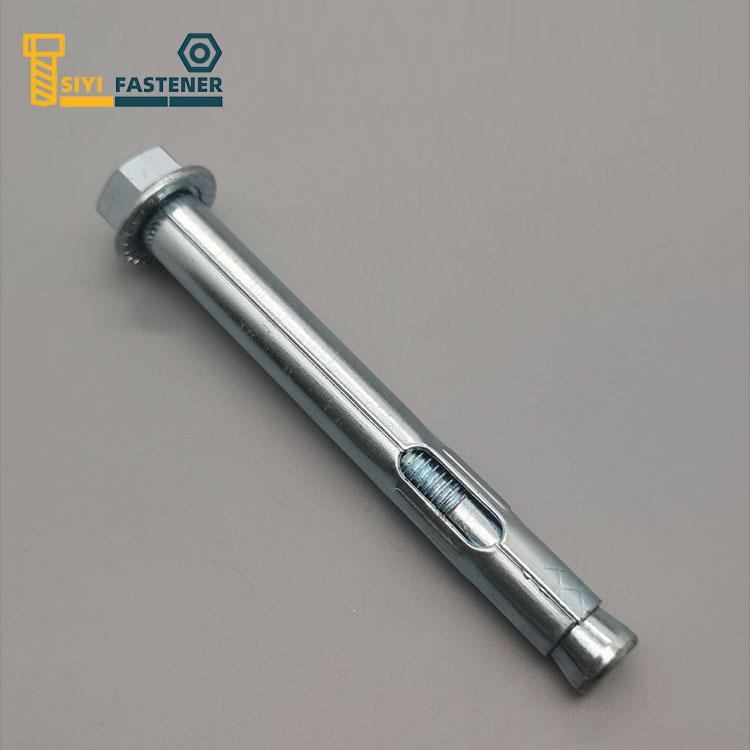Flange nut and general hexagonal nut are basically the same in size and thread specification, but compared with hexagonal nut, it is a one-piece gasket and nut, and there are anti-slip tooth patterns on the bottom, which increases the nut and workpiece. Compared with the combination of ordinary nut and washer, it is firmer and has greater tensile force.
The surface contact area of the flange nut and the connector is large, which determines its use. When the two parts connected by the bolt and nut are connected, the bolt hole of one part is usually processed very large, so that the two parts are connected. It is very convenient to find the alignment. The bolt connection can be realized without the two holes being very accurate. If the bolt hole is enlarged, the contact area between the ordinary nut and the connected part will be reduced, so this kind of flange surface is used. Nuts can be avoided
This situation.
The flange surface of the nut has grooves on the flange surface, which not only increases the contact area, but also has the effect of preventing loosening, which is common in rotating mechanisms.
The flange nut surface itself has the anti-slip and stop functions of the flat washer and the spring washer, so there is no need to add the flat washer and the spring washer during assembly, which will be counterproductive.

